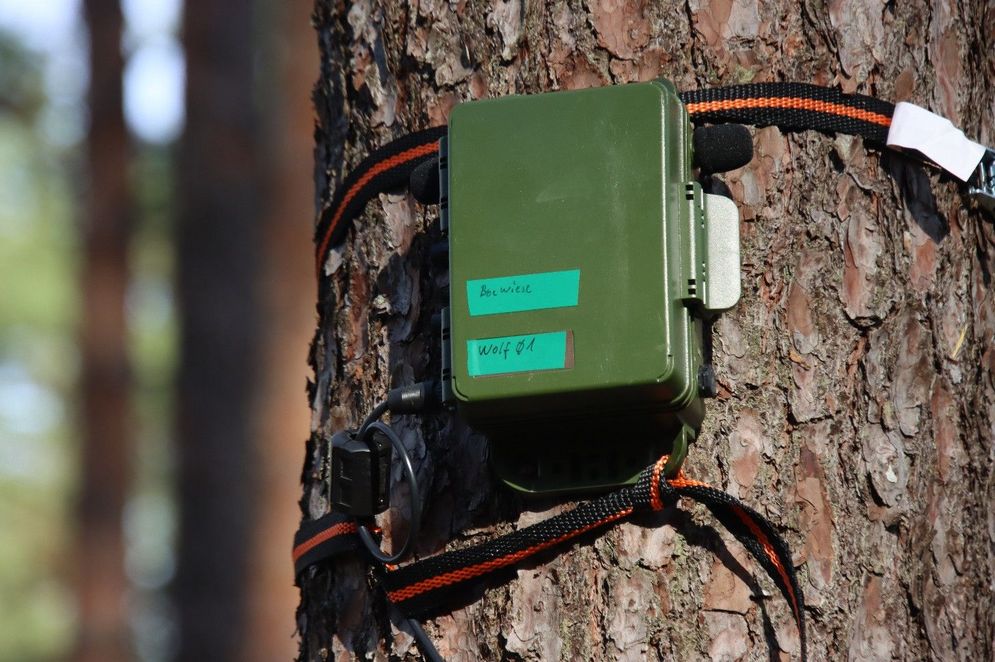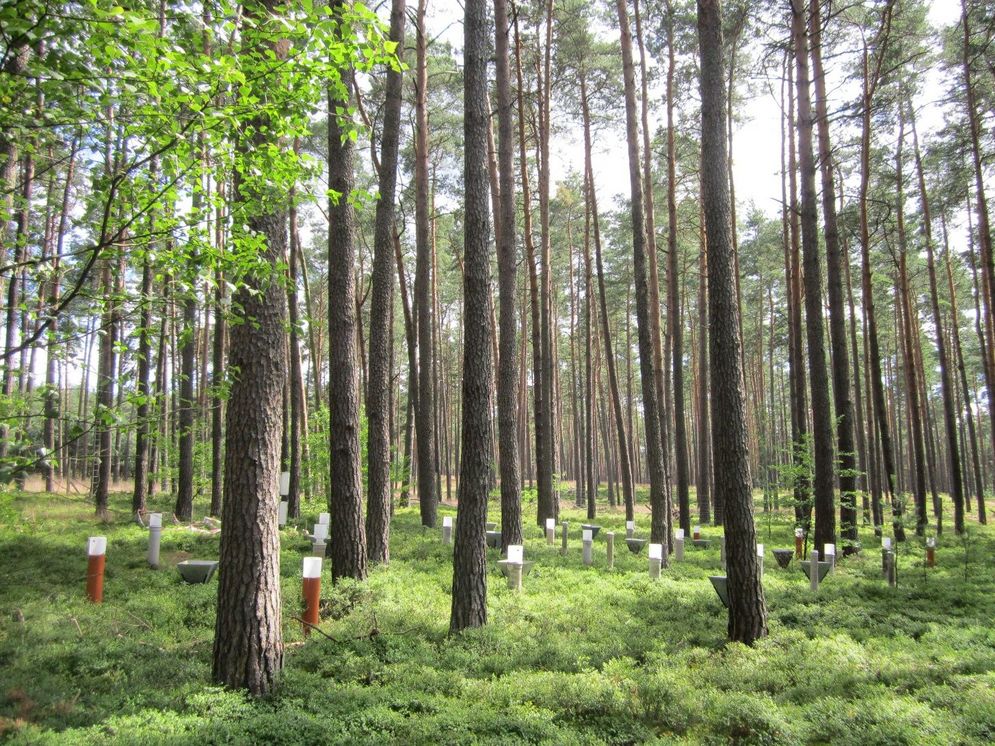Feasibility study: Integration of (bio-) acoustic methods for the quantification of biological diversity into forest monitoring (AkWamo)


There is always something going on in the forest. Our ears, in particular, perceive many things before our eyes do. This fact can be utilized scientifically. The numerous sounds can be recorded using special acoustic recorders and subsequently analyzed to describe nature and biodiversity. With acoustic forest monitoring, we can generate (bio-) acoustic fingerprints useful for decision-making processes in management and politics.
Background and Objective
Recently we can use the storage-intensive sounds scientifically. This opens up new perspectives to better understand the condition of our forests and protect them more effectively. Utilizing the soundscape of the forest to explain changes in species occurrence represents an innovative approach. AkWamo is examining this approach. Using artificial intelligence, the diverse sounds of the forest are to be decoded, developments identified and relations uncovered.
AkWamo explores the potential of (bio-) acoustic quantification of biological diversity for a nationwide forest monitoring through sound recordings. As part of the feasibility study, workflows and analysis processes are developed and standardized. These are necessary to establish acoustic monitoring extensively.
Approach
AkWamo as a collaborative project
The project is a collaboration between the Natural History Museum Berlin, the University of Freiburg, and the Thünen-Institute of Forest Ecosystems. The feasibility study is being carried out by scientists specialized in bioacoustics, ornithology, IT and forestry.
The acoustic characterization and assessment of biodiversity and variety of sounds is within the core competence of our project partners. The central tasks of the Thünen-Institute of Forest Ecosystems include establishing an IT infrastructure for (bio-) acoustic monitoring, developing workflows, conducting profitability calculations, and integrating acoustic parameters into the existing environmental monitoring of the forest (Level II).
Data acquisition, data preparation and data management
AkWamo as a collaborative project
The data collection takes place in 12 beech and pine experimental plots in Brandenburg, Hesse and Lower Saxony. Established acoustic recording devices are used for capturing the audible range. These devices record every tenth minute. In addition, bat calls are captured using calibratable recording devices in the frequency range that is not audible to humans. The continuous operation of the deployed devices produces more than one terabyte of data material per month. Handling these massive amounts of data is a technical challenge.
Throughout the project, the Thünen-Institute of Forest Ecosystems will set up an IT infrastructure for (bio-) acoustic monitoring of the forest. This is intended to ensure the accessibility of the acoustic data and to provide rapid analysis and visualization capabilities. The IT infrastructure includes storing the original data on a data server, retaining metadata in a database and building a web-based structure for acoustic analysis. Web access to the data server enables uploading, playing and downloading audio data. A database with a web interface will be created, capable of representing audio recordings in the form of spectrograms, acoustic indices as well as results of acoustic pattern recognition. Pattern recognition algorithms will be integrated, and the acoustic data will be processed into a suitable form for forest monitoring.
Integration into forest monitoring
The acoustic results and determined species compositions are intended to be cross-referenced with regularly collected data on forest condition from the Level II programme and other large-scale inventories and compared with peer-reviewed literature. It should be examined whether there are correlations between (1) acoustic phenology and tree phenology, (2) acoustic phenology and meteorological measurements as well as light conditions, (3) tree species composition and the local soundscape, and (4) the 'creaking noises' of the crown and data from the crown condition assessment.
The project investigates whether results from (bio-) acoustic monitoring are in relation to Level II measurements that are also collected in the National Forest Inventory or the National Forest Soil Inventory. If this is the case, area information on soundscapes could be provided nationwide for Germany.
The profitability calculations in the project estimate the material, personnel and financial requirements for the continuation and expansion of (bio-) acoustic monitoring.
The insights gained within the project will be published and will then be made available as a reference for further investigations. The feasibility study also lays the foundation for an audio archive that will ensure long-term access to acoustic data and enable comparative analyses.
Anticipating scientific institutions and contact persons
Thünen-Institute of Forest Ecosystems
https://www.thuenen.de/en/institutes/forest-ecosystems
Animal sound archive at the Natural History Museum Berlin
https://www.museumfuernaturkunde.berlin/en/science/acoustic-forest-monitoring
University of Freiburg
Level-II-program
https://blumwald.thuenen.de/level-ii/allgemeine-informationen/flaechenuebersicht-1


![[Translate to English:] Logo des Bundesministerium für Ernährung und Landwirtschaft](/media/allgemein/logos/BMEL_Logo.svg)